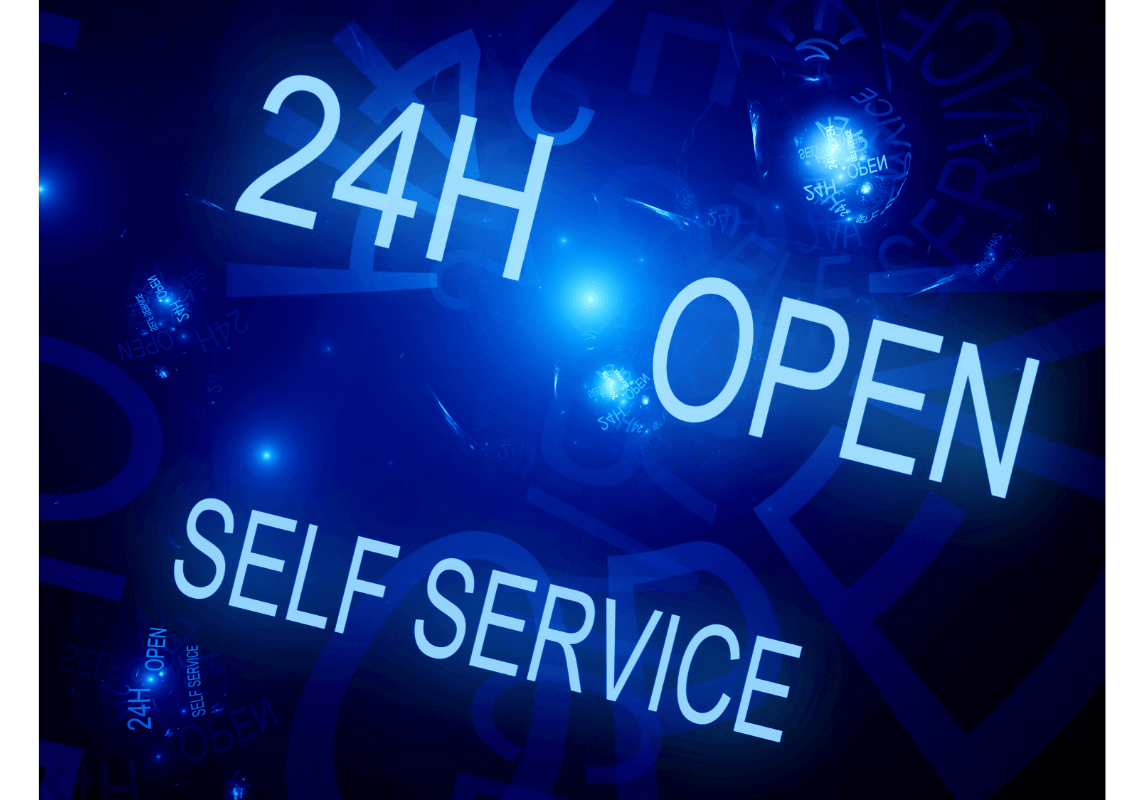Core HR, Operating Model, Strategic Roadmap
Despite the overwhelming amount of HR technology available on the market today, many organizations are still resorting to manual intervention to run their business processes. Even companies that have invested in technology fail to leverage its full potential, with recent surveys suggesting that only 29% of organizations use at least three-quarters of their HR tech capabilities, and a whopping 40% using half or less. That’s a lot of money being left on the table.
We see these numbers play out in real life in the businesses we support. Organizations going through transformation are trying to find the right solution to scale their operations because the paper forms, emails and individual trackers (e.g., spreadsheets) are no longer sustainable. We hear time and again that they need new technology, when in fact, they often aren’t using the technology they have.
Missed opportunity
One of the more common missed opportunities is around self-service. For the uninitiated, self-service is a function within HR technology that allows users, such as employees and managers, to perform many activities in the system themselves, rather than having to ask HR or IT to do it. A common example is someone changing their home address, but it can also include creating a requisition, submitting a pay change, or even triggering a termination. Self-service saves time and frustration, and empowers end users. And yet, when we encounter a company that is drowning in manual work and we suggest turning on manager and employee self-service, we often get a resounding, “No.”
Why do so few organizations embrace self-service? There are a lot of little reasons, but they typically fall into the following areas – configuration (or lack thereof), inaccuracy, and the claim that managers/employees can’t do it. I want to tackle each of these and show how you can overcome these perceived roadblocks and get the full benefit of introducing self-service to your toolbox.
Configuration
Problem: Too often, new systems are implemented as a “lift and shift,” meaning broken processes from the old system are simply repeated in the new system.
Solution: If you can, optimize your business processes BEFORE you implement the new system. If that’s not possible, you can still optimize your processes, prioritize the work, and then make the necessary changes. It takes time, but it is so much better in the long run.
Inaccuracy
Problem: We normally hear this in the context of, “we tried it and there were so many mistakes that it was just easier to do it ourselves.”
Solution: Did you really try it, or did you just turn it on with limited communication and training and hoped people would just figure it out? Or did you make the process so complex that it can’t be followed? Or are you asking for information that isn’t needed? Yes, people will make some mistakes, but the more automation you can build into the system, the more foolproof it could be.
Managers/Employees Can’t Do It
Problem: This is usually a mix of assuming managers and employees don’t WANT to do it, or aren’t knowledgeable enough (or tech savvy enough) to do it.
Solution: When self-service is configured and rolled out properly, it makes everyone’s lives easier. The key to ensuring the success of managers and employees is to keep the process simple, train them on using the system, and remove any other options. It might seem inflexible – and it kind of is. But if you limit activity to one primary process (self-service), you’ll see better adoption of self-service. And as for being tech savvy, if a person has done self-checkout at the grocery store, they can handle self-service. Don’t assume they don’t understand!
Wherever your organization is on its transformation journey, it’s important to consider the benefits of using self-service. It empowers your workers and saves everyone time and frustration.







Pingback: Leadership Development Carnival March 2022 - Julie Winkle Giulioni